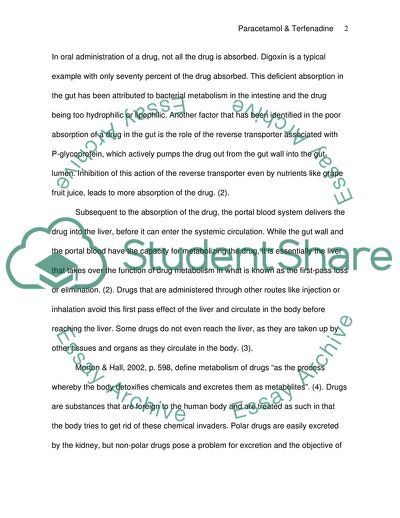Cite this document
(Metabolism of Paracetamol and Terfenadine Drugs Case Study, n.d.)
Metabolism of Paracetamol and Terfenadine Drugs Case Study. Retrieved from https://studentshare.org/health-sciences-medicine/1709539-paracetamol-and-terfenadine
Metabolism of Paracetamol and Terfenadine Drugs Case Study. Retrieved from https://studentshare.org/health-sciences-medicine/1709539-paracetamol-and-terfenadine
(Metabolism of Paracetamol and Terfenadine Drugs Case Study)
Metabolism of Paracetamol and Terfenadine Drugs Case Study. https://studentshare.org/health-sciences-medicine/1709539-paracetamol-and-terfenadine.
Metabolism of Paracetamol and Terfenadine Drugs Case Study. https://studentshare.org/health-sciences-medicine/1709539-paracetamol-and-terfenadine.
“Metabolism of Paracetamol and Terfenadine Drugs Case Study”, n.d. https://studentshare.org/health-sciences-medicine/1709539-paracetamol-and-terfenadine.


